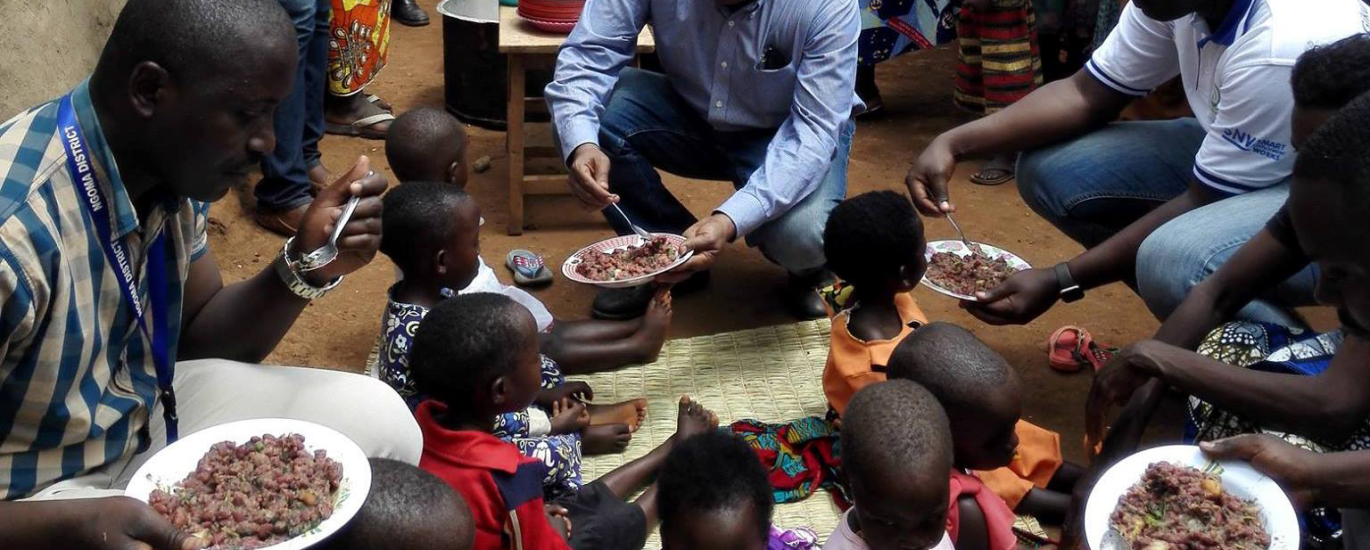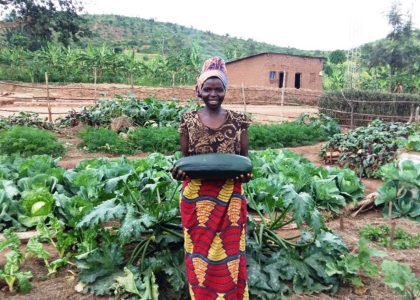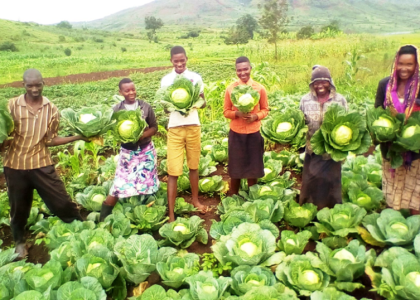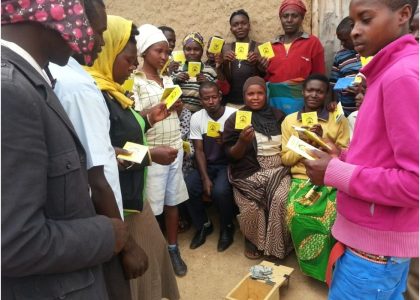USAID Gikuriro is a five-year program (2015-2020) funded by USAID and being implemented by YWCA Rwanda in partnership with Catholic Relief Services. USAID Gikuriro Program is aimed at fighting and eliminating malnutrition cases in children under 5 years-old and improving nutrition status of women of reproductive age that is lactating and pregnant mothers. It has four main components namely ; Nutrition, WASH, which is Water Sanitation and Hygiene, Agriculture, and Economic Strengthening. All these components are integrated equally and complement each other to end malnutrition. There are other cross cutting components such as behavior change and communication, gender and environmental mitigation. The program is implemented in all sectors and villages of Ngoma District. The program engages the government officials and local leaders including community health workers, environmentalists, heads of health centers, and all of the district, sector, and cell leaders who help us is the daily supervision of all nutrition activities.
Main Components
Nutrition: GIKURIRO implements community based nutrition and food program (CBN&FP) through village nutrition schools (VNS) and growth monitoring and promotion (GMP).
Agriculture : We promote nutrition sensitive agriculture through implementation of Bio Intensive Agriculture Techniques (BIATs), Farmer field learning school (FFLS), promotion of bio fortified crops and small livestock.
WASH : We promote WASH behaviour through implementation of the GoR’s Community Based Environmental Health Promotion Program (CBEHPP) and Community Health Clubs (CHCs) as well as construction and provision of water infrastructures.
Economic Strengthening : We implement Saving and Internal Lending Community and Private Service Providers (SILC/PSP) methodology through creation mentoring and coaching as well as linkage of SILC groups with MFIs.
Cross cutting components include ; Social Behaviour Change (SBC), Gender integration, and capacity building of decentralized government institutions (district, hospital, sectors, health centres, cells village), community based volunteers and program beneficiaries.
Key Achievements
1,685 children recovered from moderate acute malnutrition (MAM) through VNS session
601 local authorities were sensitized on growth monitoring and early ANC uptake
Formation and training of District Plan to Eliminate Malnutrition(DPEM) committees to all levels from district to village
4,875 beneficiaries were provided with small live stocks
473 FFLS groups were provided with agriculture tools
473 VNS groups received kitchen materials and supported to purchase some ingredients that group members cannot afford
474 CHC met regularly
4,730 Kg of High Iron fortified beans were distributed to FFLS groups for multiplication
544,460 cuttings of orange fleshed sweet potatoes were distributed to FFLS groups for multiplication
4,922 tree tomatoes, 4,632 Papaya, and 5,690 Passion fruits were distributed to selected beneficiaries
523 SILC groups were established in 473 villages. 12,070 are members of these groups and among them 9,650 are female 2,420 are male. Total savings for 532 groups are 116,486,538 total loans outstanding are 41,012,549rwf Total Social fund is 9,571,540 rwf.
6625 Income generating activities were initiated by SILC members using small loans taken from saving groups
43 Field Agents were graduated from community based volunteers to private service providers
2 bore holes were dug
11,930 bio intensive agriculture techniques (kitchen gardens) were adopted by beneficiaries
4,783 iron sheets were distributed to beneficiaries for latrines and animal shade roofing.





